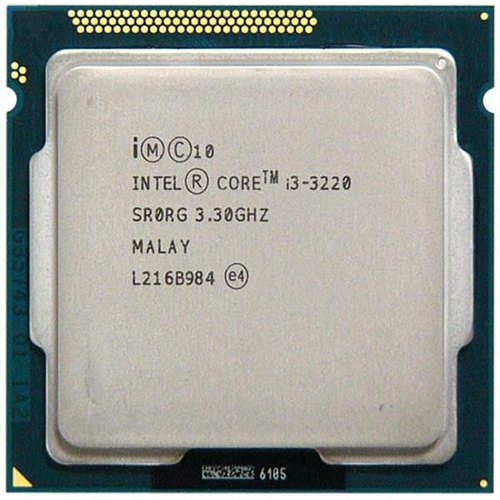

Although they still use standard Socket LGA-1151, those parts are no longer backwards compatible with earlier 100/200-series chipsets and must be paired with an appropriate 300-series chipset. A larger number of SKUs were introduced in April 2018. Those parts offer are manufactured on Intel's third generation 14 nm++ process which allowed for higher clock frequencies and a number of other changes.Ĭoffee Lake-based Core i3s were introduced in late 2017 with a number of high-end SKUs. Tech: Software Guard ( SGX), Memory Protection ( MPX), OS Guard, VT-x, and Hyper-ThreadingĨth Generation (Coffee Lake) Main article: Coffee Lake MicroarchitectureĨth Generation-core based on the Coffee Lake microarchitecture were introduced in early 2018.ISA: Everything up to AVX (SMM, FPU, NX, MMX, SSE, SSE2, SSE3, SSSE3, SSE4.1, SSE4.2, AES, AVX).All desktop models use Socket LGA-1151 and have the following common features: While their clock-for-clock performance is identical to their 6th generation counterparts, they are clocked higher which allowed for a slight performance increase.

Note that 7th generation Core i3 models have dropped support for ECC memory which were used in many small-business and home servers.ĭesktop 7th generation Core i3 processors were launched in January of 2017. All models incorporate a 600-series integrated graphics processor which is largely identical to their 6th generation 500-series counterparts. Overall very few minor features were introduced in the 7th Generation Core i3 models, including improved GPU support for 4K playback via native hardware acceleration. As such most models enjoy 100-300 MHz clock increase over their previous generation for the same price (Note that clock-for-clock there is no performance improvement over 6th generation Core i3). Intel has traditionally been grouping Core i3 processors into generations based on the microarchitecture they are based on with 1st generation being based on Westmere in 32 nm with the latest chips based on Skylake manufactured using a 14 nm process.ġst Generation (Westmere) Main article: Westmere Microarchitectureħth generation, modes which was introduced by Intel in early 2017, are manufactured on Intel's improved 14 nm process "14nm+" which allowed for higher clock speeds at similar voltage levels. They sit below the Core i5 and well below the Core i7 families, making it fairly decent for multitasking and somewhat OK budget gaming.Īll Core i3 processors up to Coffee Lake are dual-core. Core i3 microprocessors are considered performance processors, but generally sit on the low side of the scale. Intel first announced the retirement of the Core 2 in mid-2009, but the Core i3 was not official launched until January 04, 2010.


 0 kommentar(er)
0 kommentar(er)
